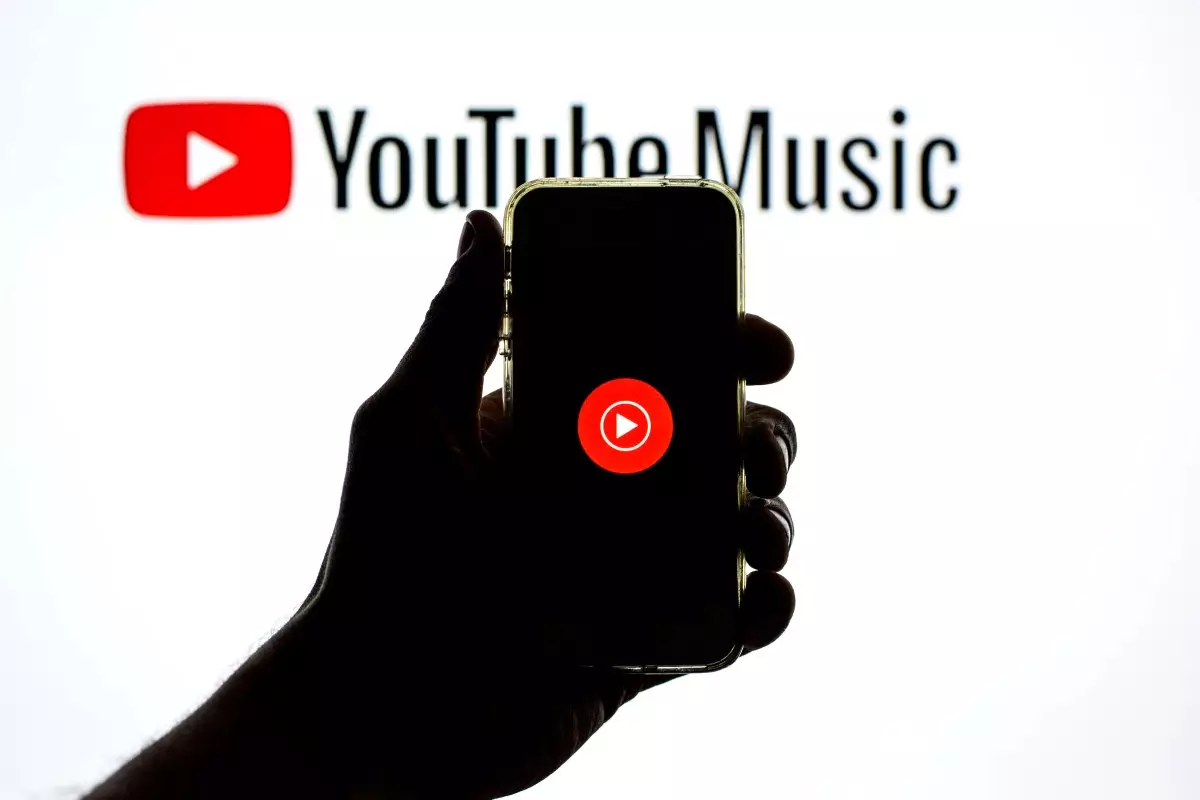YouTube Music’s latest updates signify a daring stride toward transforming how users connect with music. With the introduction of “Taste Match” playlists, the platform embraces a more communal and dynamic approach to music discovery. Unlike traditional playlists curated by algorithms, these new playlists synthesize collective preferences, offering listeners a deeply personalized yet socially integrated listening experience. This move underscores YouTube’s recognition that music consumption is not just about individual taste but also about shared experiences. By doing so, YouTube attempts to carve out a niche that emphasizes community, aligning itself more closely with social networking platforms rather than just streaming services.
The partnership with Bandsintown further reinforces this shift. Integrating concert notifications directly into the YouTube ecosystem not only amplifies the excitement around live events but also heralds a future where concert discovery becomes seamlessly embedded into the daily media consumption routines of millions. Instead of navigating multiple apps, users can explore upcoming shows based on their viewing habits, a feature that considerably blurs the lines between passive consumption and active participation in the musical ecosystem.
Ambitious Catalog Expansion and Social Engagement
Perhaps most striking is YouTube Music’s claim of over 300 million tracks, vastly outstripping Spotify’s catalog. This staggering number underscores YouTube’s advantage rooted in a vast universe of user-generated content alongside studio recordings, live performances, and remixes. Such diversity allows for a richer, more eclectic listening experience that appeals to a broader demographic—from casual listeners to die-hard music aficionados. The platform’s public playlist count, exceeding 1.8 billion, demonstrates the culture of active participation, where users become creators and curators themselves.
Moreover, by allowing comments on albums and playlists, YouTube Music is taking a bold step in embedding social feedback directly into the music experience. This feature transforms passive listening into a more communal activity, fostering conversations and shared insights. It celebrates music as a social act, encouraging listeners to engage beyond just pressing play. On the artist side, milestone-based rewards for view counts incentivize creators to push their content farther, fueling a competitive yet motivating environment for content growth.
Strategic Positioning Against Rivals
While Spotify still dominates with its sleek interface and curated playlists, YouTube’s expansive catalog, social features, and integrated concert and merch notifications position it as a formidable competitor on multiple fronts. Its focus on fostering community engagement and enhancing user participation reflects a keen awareness that the future of music streaming hinges on social connectivity and immersive experiences rather than just vast song libraries.
However, the challenge remains whether these features can truly differentiate YouTube Music in a crowded marketplace. The app’s rapid subscriber growth suggests a strong momentum, but its success depends heavily on user retention and the ability to continually innovate. The inclusion of badges and social recognition illustrates an understanding that gamification and social validation are powerful motivators in today’s digital culture.
YouTube Music’s recent enhancements represent a strategic and bold bid to redefine what a music streaming service can be. By blending vast content, social interactivity, and community-driven playlists, it is positioning itself not just as a platform for listening but as a vibrant hub for musical engagement. If it manages to harness these innovations effectively, YouTube Music could emerge as a true powerhouse, reshaping the landscape of digital music consumption in the years to come.

